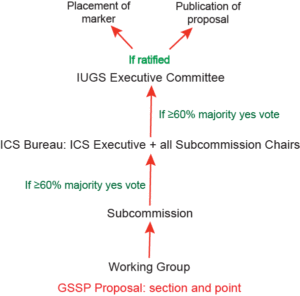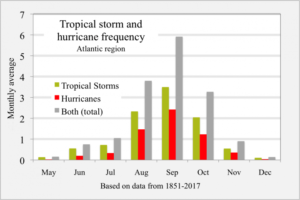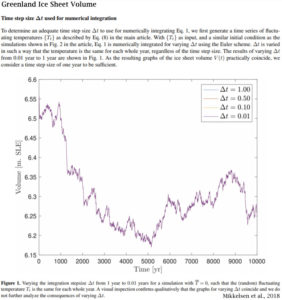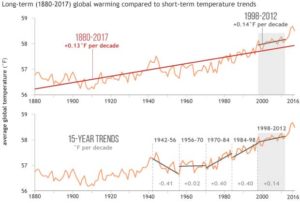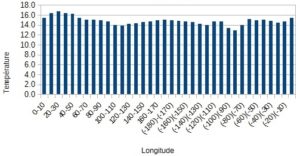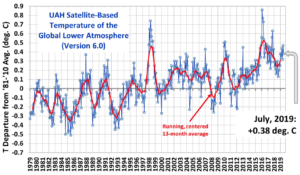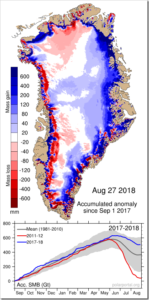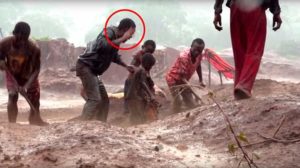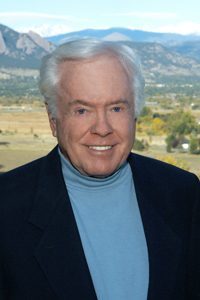by Dr. J. N. Myers, Auhsut 8, 2019 in ClimateChangeDispatch
…
First, and most importantly, we warn people all the time in plain language on our apps and on AccuWeather.com about the dangers of extreme heat, as well as all hazards.
Furthermore, that is the reason we developed and patented the AccuWeather RealFeel® Temperature and our recently expanded AccuWeather RealFeel® Temperature Guide, to help people maximize their health, safety and comfort when outdoors and prepare and protect themselves from weather extremes.
The AccuWeather RealFeel Temperature Guide is the only tool that properly takes into account all atmospheric conditions and translates them into actionable behavior choices for people.
Second, although average temperatures have been higher in recent years, there is no evidence so far that extreme heatwaves are becoming more common because of climate change, especially when you consider how many heatwaves occurred historically compared to recent history.
New York City has not had a daily high temperature above 100 degrees since 2012, and it has had only five such days since 2002.
However, in a previous 18-year span from 1984 through 2001, New York City had nine days at 100 degrees or higher.
…


